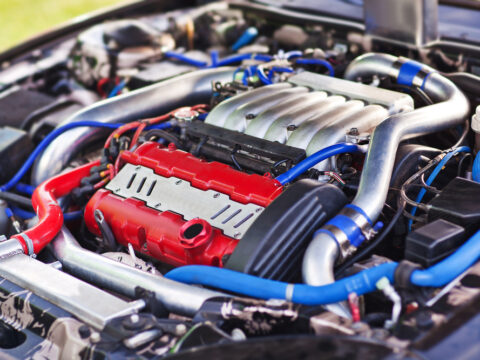Classic American muscle cars, with their roaring engines and sleek designs, have captured the hearts of automotive enthusiasts for decades. These powerful machines are more than just vehicles; they are symbols of a bygone era that defined American automotive culture. However, owning one of these iconic cars is a journey of contrasts, blending the thrill of raw power and timeless style with practical considerations of maintenance, efficiency, and technology.
Contents
Pro – Iconic Design and Style
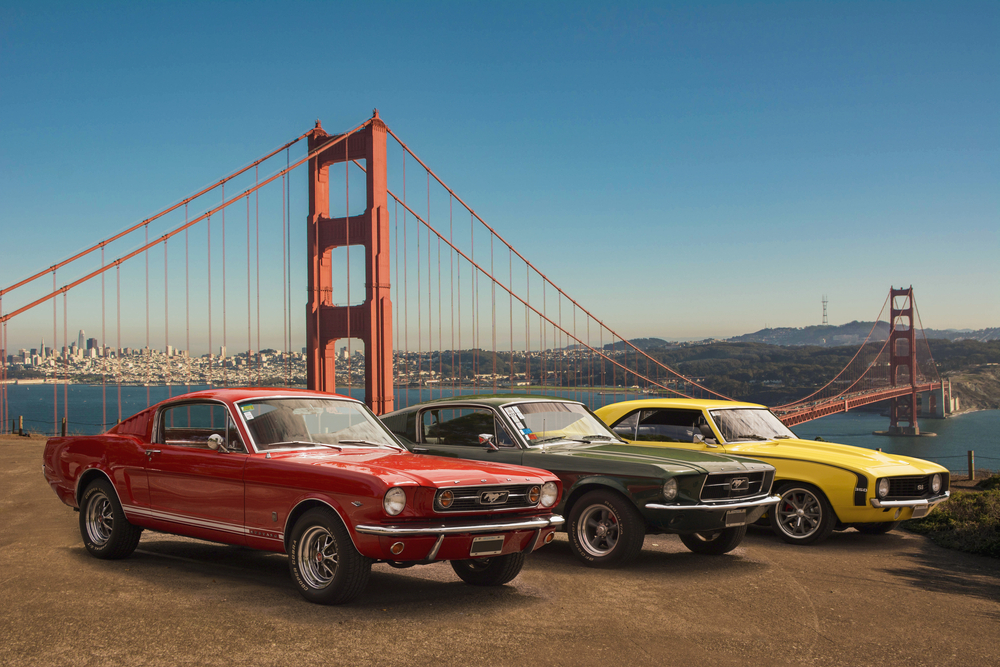
Classic American muscle cars are celebrated for their iconic and aggressive styling. Models like the Ford Mustang, Chevrolet Camaro, and Dodge Challenger are emblematic of a bygone era, characterized by their bold lines, large hoods, and powerful stances. This distinctive look is a significant draw for many enthusiasts.
Con – Fuel Efficiency
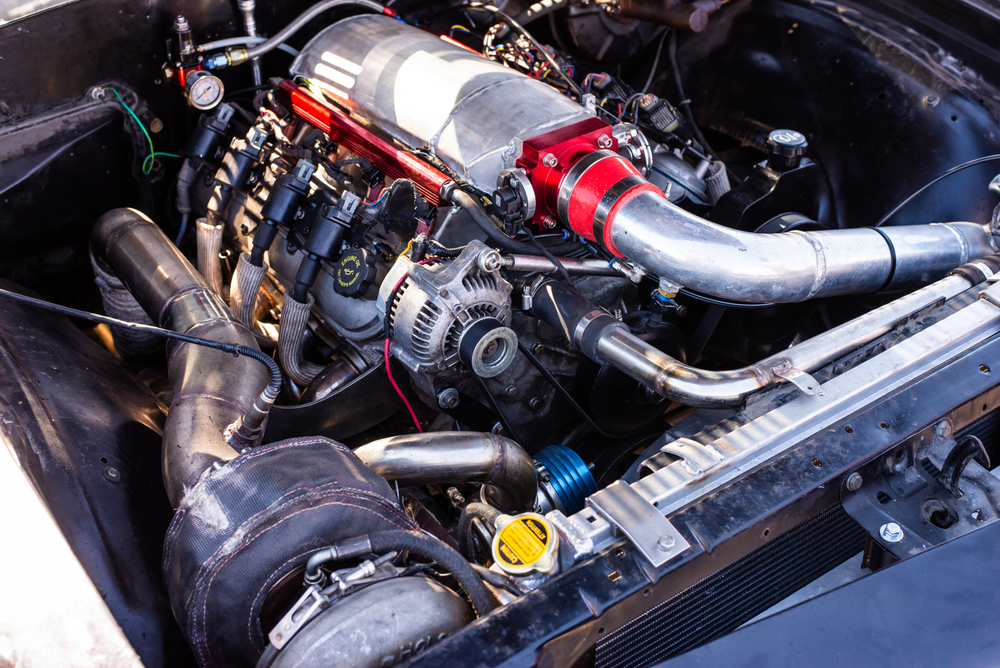
These cars are notorious for poor fuel efficiency. Built in an era when fuel economy was a lower priority, muscle cars often have large V8 engines that consume a considerable amount of fuel. This can be a significant downside, especially with rising fuel prices.
Pro – Performance and Power

Muscle cars are revered for their powerful engines and impressive performance. They typically come equipped with high-displacement V8 engines, providing a thrilling driving experience. The raw power and acceleration these cars offer is a major attraction for many.
Con – Maintenance and Reliability

Due to their age and design, classic muscle cars can require more maintenance compared to modern vehicles. Parts may be harder to find, and the technology is not as advanced, leading to more frequent repairs and upkeep.
Pro – Investment Potential
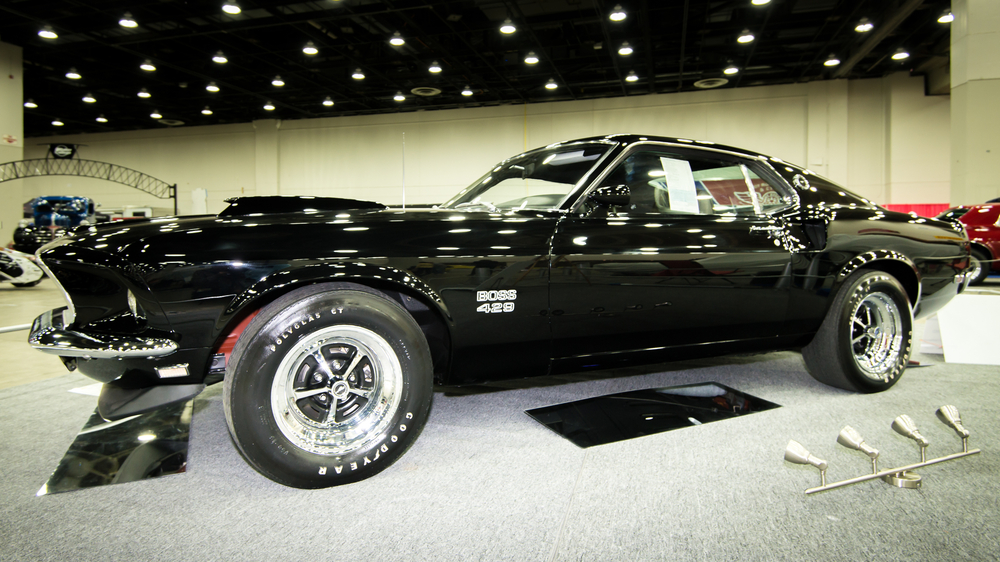
Many classic muscle cars have become collectors’ items and have appreciated in value over time. For instance, models like the 1969 Mustang Boss 429 or the Chevrolet Chevelle SS have become highly sought after, making them potentially good investments.
Con – Safety Features
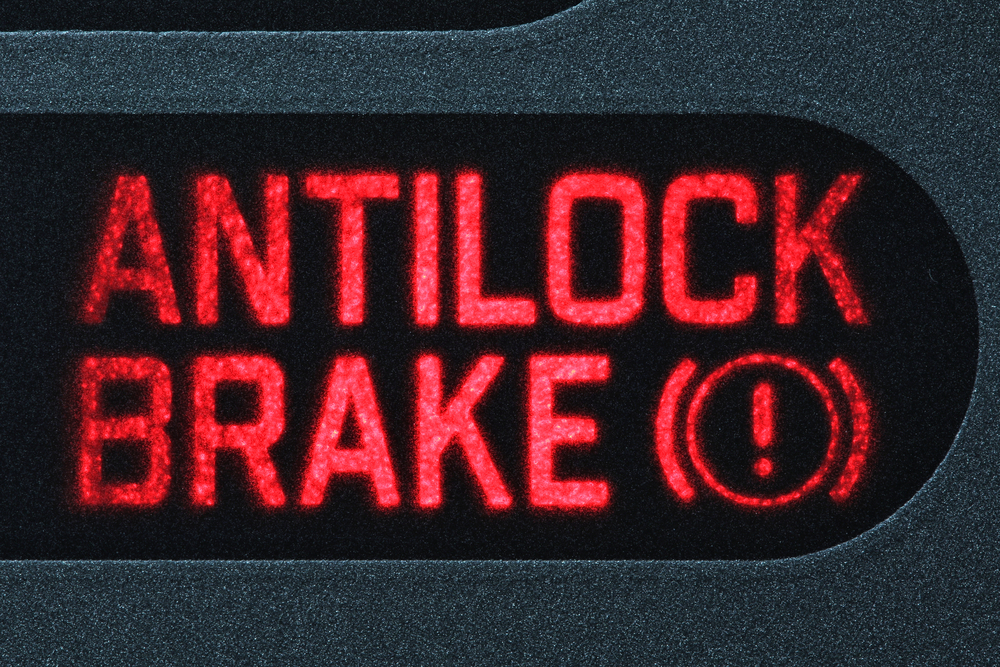
Modern safety features like airbags, anti-lock brakes, and traction control are often absent in classic muscle cars. This can make them less safe compared to contemporary vehicles, which could be a significant drawback for some owners.
Pro – Community and Culture
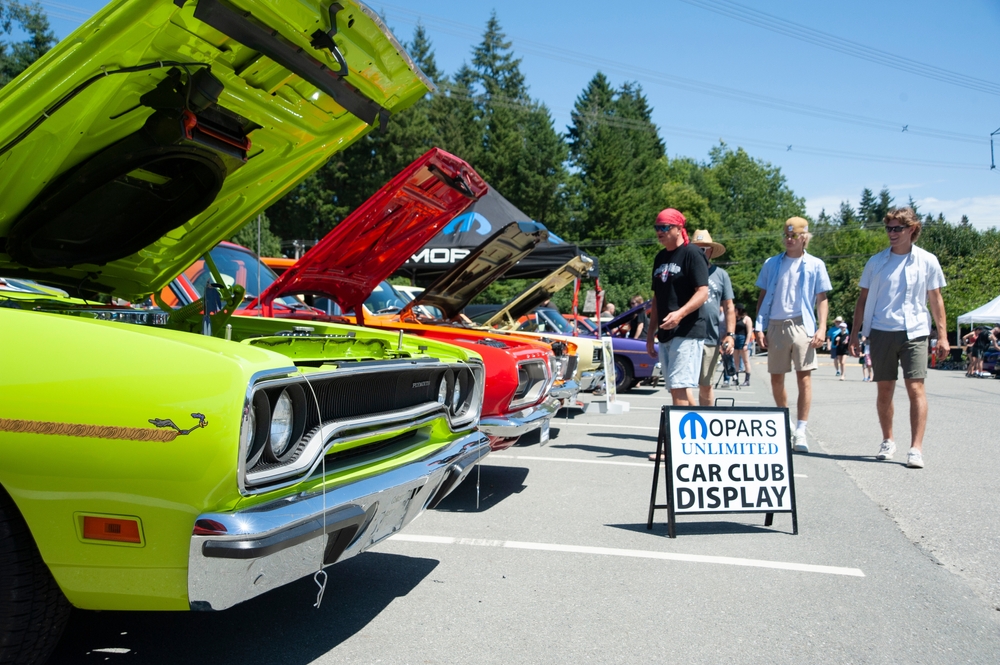
Owning a classic muscle car grants entry into a vibrant community of enthusiasts. There are numerous clubs, events, and shows dedicated to muscle car admirers, offering a sense of camaraderie and belonging.
Con – Environmental Impact

The environmental impact of driving a classic muscle car is considerable. The high emissions from their less efficient engines contribute more to pollution and have a larger carbon footprint compared to modern, eco-friendly vehicles.
Pro – Simplicity in Mechanics
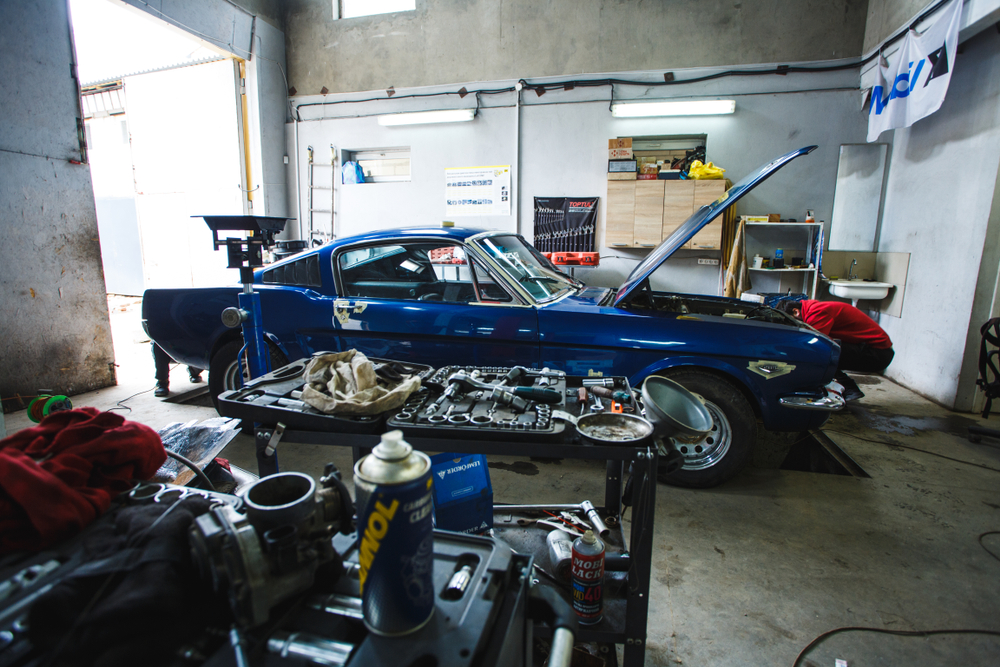
The mechanical simplicity of these cars is often seen as a plus. Unlike modern cars, which rely heavily on computerized systems, muscle cars can be easier to work on for those with mechanical knowledge, making DIY repairs more feasible.
Con – Comfort and Technology
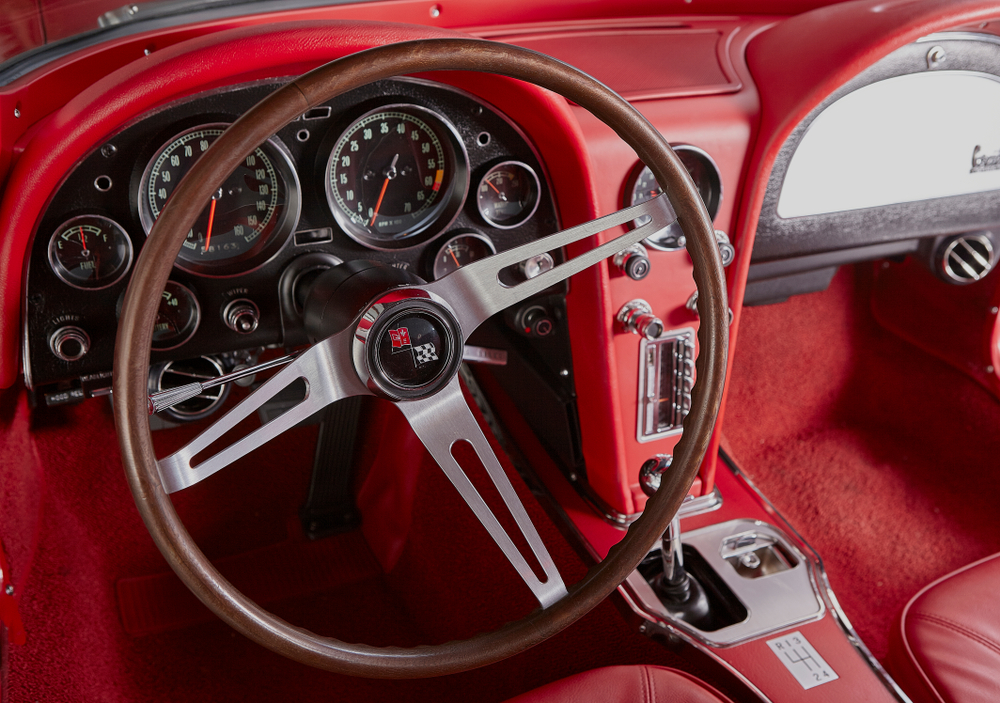
Classic muscle cars typically lack the comfort and technological features found in modern vehicles. This includes advancements in infotainment systems, connectivity, and more sophisticated suspension systems for a smoother ride.
This article originally appeared on MyCarMakesNoise.
More from MyCarMakesNoise
The Best 11 Budget Sports Bikes on the Market

In the thrilling realm of two-wheelers, the pursuit of adrenaline often comes with a hefty price tag. However, for those who crave speed and agility without depleting their savings, there’s a breed of sports bikes that perfectly marries performance with affordability. Read More
13 Ways Electric Vehicles Can Be a Costly Mistake

Electric vehicles (EVs) are often touted as the future of transportation, promising environmental benefits and lower operating costs. However, beneath the surface of this green revolution lie several drawbacks that can make owning an EV a less attractive option. Read More
13 Speed-Demon Hybrid Cars You Should Know

In a world fervently driving towards a greener future, the automotive industry has welcomed an exhilarating player to the stage: the hybrid hypercar. Blending traditional engines’ raw, unyielding power with the silent, instantaneous thrust of electric motors, these automobiles are setting new benchmarks in speed and performance. Read More



